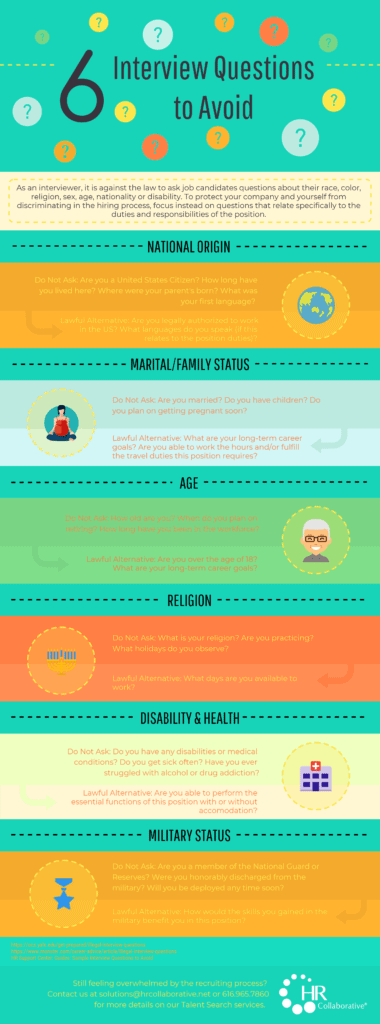Thinking Differently About Flexibility in the Post-Pandemic Workplace
Written by: Greg Collette

For years, the HR industry has discussed the importance of flexibility in the workplace. But, like many other HR trends, COVID accelerated the conversation. To compete in the post-pandemic labor market, leaders will need to rethink their workforce through a more flexible lens.
In this article, we’ll delve into why leaders can no longer avoid the flexibility conversation, discuss what flexibility is and what it isn’t, and share an overlooked – but critical – form of flexibility: upskilling.
Hear from our flexibility expert
If you can’t see the video above, click here.
Why is flexibility in the workplace so important right now?
The initial layoffs, furloughs, and hiring freezes of early 2020 led to record-breaking unemployment. Presumably, as the dust settled, hiring would be easy for employers, right?
Even with unemployment rates still higher than pre-pandemic levels, many employers are struggling to find enough talent. Why?
We’re in an unprecedented candidate-driven labor market. In April 2021, both job openings and quit rates hit all-time highs while layoffs hit an all-time low.
There’s a laundry list of factors at play — from remote work options to bigger financial safety nets. But they all boil down to one reality: workers across industries can be selective in the roles they choose.
For employers, recruiting, attracting, and retaining talent will be much harder than pre-COVID.
The beginning of a new employment era
Don’t expect the recruitment and retention challenges to get easier as we move further away from the pandemic. In fact, expect them to get tougher.
The U.S. workforce is shrinking. Baby boomers are leaving the workforce twice as fast as they were before 2020. And fertility rates in the U.S have dropped dramatically between the 2010 and 2020 censuses, which means fewer people entering the workforce in the future.
That all adds up to more jobs than there are people to fill them. In April 2021, there were 0.95 open jobs per unemployed person. That ratio will likely climb in the future.
With demand for workers increasing but the supply of workers decreasing, employers will need to focus on creating environments where employees are happy to stay.
That’s where a more flexible workplace comes into the picture.
What is flexibility in the workplace?
Our favorite definition of flexibility is “the ability to bend easily without breaking.” It’s a helpful way to think about it from an organizational perspective.
So, what does flexibility in the workplace mean?
It means having processes and practices that can adapt to changing business needs and your employees’ evolving needs.
What doesn’t it mean? It doesn’t mean that everyone works remotely or that you have to compromise the business to accommodate every employee’s request.
The goal is to find ways that enhance the employee experience and support your long-term business needs.
What does it look like?
Leaders can accomplish this win-win goal in many different ways, including hybrid work opportunities, scheduling changes, PTO policy updates, or childcare offerings.
Expect benefits packages to change significantly over the next few years as workers place a higher value on work/life balance.
But there’s also another powerful way to make your workplace more flexible that many leaders are overlooking: upskilling.
An overlooked benefit: upskilling
The term “upskilling” has been around for years. But just like flexibility, expect to hear it more and more often over the next few years.
So, what is upskilling exactly?
Simply put, it’s the training of employees in new skills. In practice, it requires an organizational investment in training and developing current employees — not just for the skills they need today but also for the skills they’ll need tomorrow.
And why is it such a powerful concept when thinking about workplace flexibility?
Employee engagement
One of the primary reasons workers are looking outside their organizations is stagnation in their roles or careers. Upskilling offers employees an opportunity to grow within the organization without having to go elsewhere.
Even if there isn’t a new rung on the ladder for them to climb, upskilling can keep employees engaged in their work and invested in the organization.
With a shrinking workforce, organizations can’t afford to lose workers. The cost of acquiring a new employee is becoming exponentially higher than the cost of retaining one. Treating employees as an appreciable asset instead of an expense will pay dividends.
Organizational adaptability
Upskilling is also an investment in future-proofing the organization. It requires leaders to look ahead to see what skills will be needed in the years to come, which can help businesses better anticipate and adjust to changing market conditions.
Regular investment in and encouragement of training and development also creates a workforce that is comfortable learning new skills and quickly adapting to change. Having forward-thinking leaders and a versatile workforce is the ultimate form of workplace flexibility.
So, how can employers introduce more flexibility into their workplace?
To begin evaluating and improving flexibility in your workplace, follow these three steps.
Step 1: Rethink How You Invest in Your Workforce
The first place to start is with your mindset toward your employees. As labor becomes more and more scarce, your current workforce will become more and more valuable.
Your employees aren’t an expense; they’re an asset! And by investing in them, you’ll be investing in your long-term business growth.
What’s your current total compensation package? Is it still competitive in today’s environment? Now’s the time to think differently about compensation.
What are your current training and development models? What do you currently offer employees in the ways of upskilling? In what ways can you fuel their desire for learning and growth?
Our-employees-are-an-asset mindset is foundational to finding that medium between employee needs and your organization’s needs.
Step 2: Ask and Listen to Your Employees
With your new mindset clear, it’s time to understand your staff’s mindset around flexibility. Expectations have changed significantly during the pandemic, especially as organizations relaxed their policies.
It’s critical to find out what your employees are thinking and feeling now.
An easy way to find out is by conducting pulse surveys. Pulse surveys are simple questionnaires that you regularly send to gauge staff sentiment around a topic.
Just start with one. Think about 10 questions you can ask that dig into what employees expect of you as an employer. Use a simple survey tool to create it (there are plenty of free ones out there), and make sure every employee is aware of the survey’s importance and has easy access to it.
Of course, if you need help conducting and analyzing the results of your pulse surveys, we can help!
Step 3: Create a Flexibility Philosophy
Alright, you’ve changed your thinking about investing in your employee. And you’ve identified your staff’s flexibility expectations.
Now it’s time to put pen to paper and create your workplace’s flexibility philosophy.
Having a documented approach to flexibility will remove any uncertainty on what your post-pandemic workplace will look like, which will help manage expectations and maintain consistency.
There’s a lot to consider. Luckily, we’ve put together a handy checklist of critical questions designed to help you build a transparent and easy-to-communicate philosophy. Download your free flexibility philosophy checklist.
Wrapping Up
The flexibility cat is out of the bag. Employers can no longer avoid the conversation.
With the changes brought on by the pandemic, increased flexibility in the workplace will be a crucial tool for keeping your best talent.
But flexibility doesn’t just mean remote work; it’s being able to adapt to the changing needs of your employees and the labor market — whether that means providing childcare options or training staff in new skills.
In the future of work, retaining employees will be a superpower. Organizations with high retention will quickly outpace their competition.
Next Steps
Ensure you find the right balance between employee needs and your business needs with our workplace philosophy checklist. Click here to download your copy.
Share This Article

































































































